TEMPLATE_START
Where Is Magnesium Found on Earth?
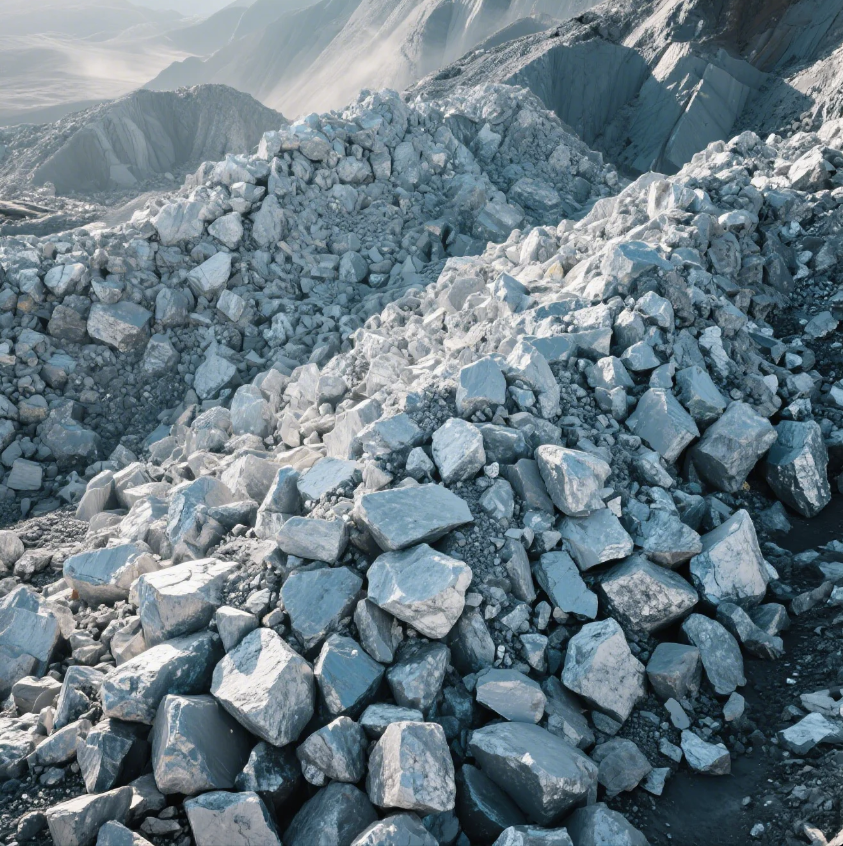
Magnesium is everywhere — in the earth, oceans, and even your body.
Magnesium is commonly found in minerals like dolomite, magnesite, and in seawater; it's the eighth most abundant element in Earth’s crust.
Read on to explore where magnesium exists, how it's sourced, and why it rarely exists in its pure metallic form.
Where in the world is magnesium found?
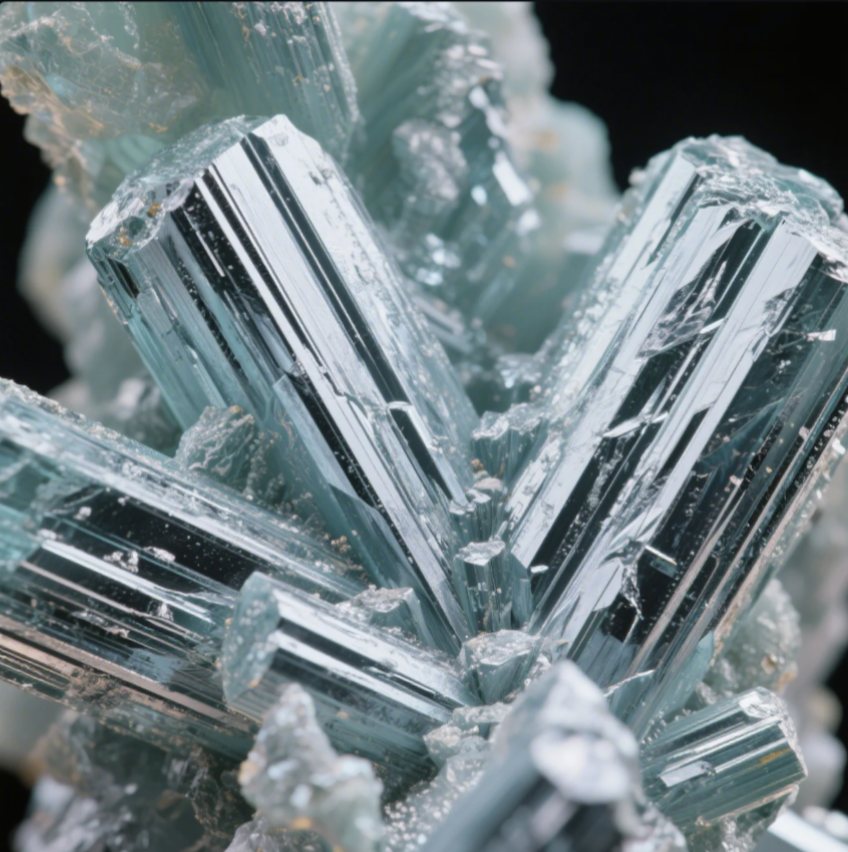
Magnesium isn’t rare — but where exactly do we get it?
Magnesium is mined worldwide, with major producers including China, Russia, the USA, Brazil, and Turkey.
Top magnesium-producing countries:
| Country | Key Source Form | Production Share (%) |
|---|---|---|
| China | Magnesite, seawater | ~85% |
| Russia | Magnesite | ~5% |
| USA | Seawater, brine | ~3% |
| Brazil | Dolomite | ~2% |
| Turkey | Magnesite | ~2% |
At Prime, we strategically source magnesium for CNC precision parts and custom casting projects from stable global suppliers — especially in China and Turkey — ensuring consistent quality and cost efficiency.
Where is magnesium naturally found in nature?
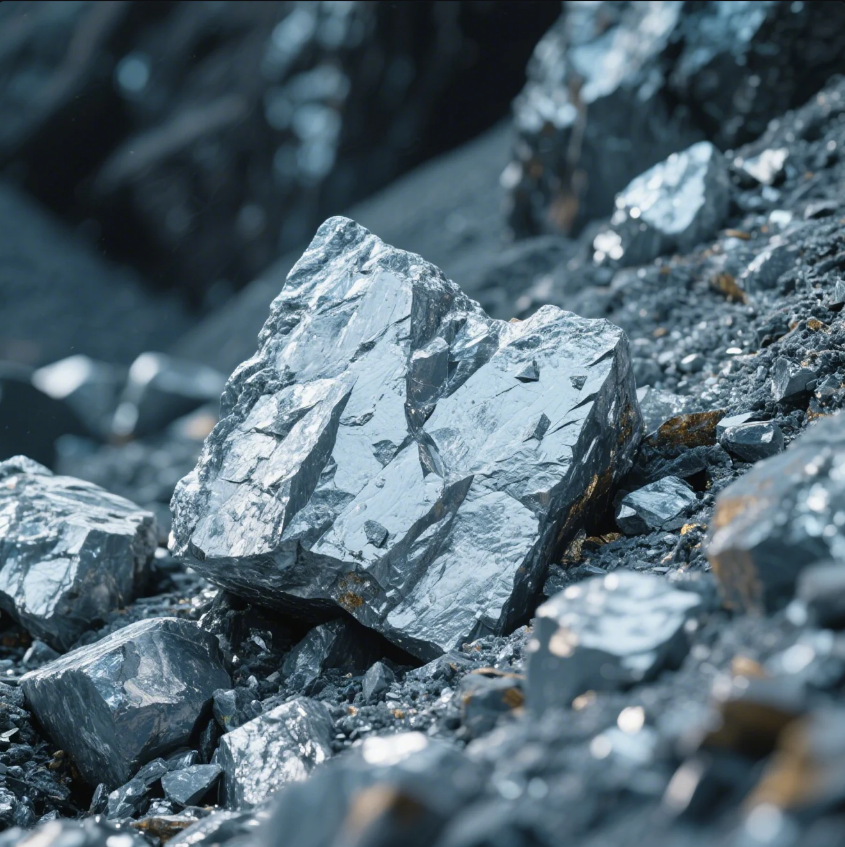
Magnesium doesn’t grow on trees — but it’s all around us.
Magnesium is naturally found in the Earth’s crust, oceans, and biological systems, mostly as compounds in minerals.
Common natural sources:
- Minerals: Dolomite (CaMg(CO₃)₂), magnesite (MgCO₃), and olivine.
- Seawater: Contains about 1,300 parts per million of magnesium.
- Plants and animals: Magnesium ions are essential for photosynthesis and muscle function.
| Natural Form | Found In |
|---|---|
| Dolomite | Sedimentary rock formations |
| Magnesite | Mountainous regions |
| Magnesium chloride | Saltwater, underground brines |
Prime’s material sourcing team selects magnesium compounds that are most suitable for ISO-certified industrial processing, especially for high-strength magnesium parts that require purity and durability.
Why is magnesium not found naturally?
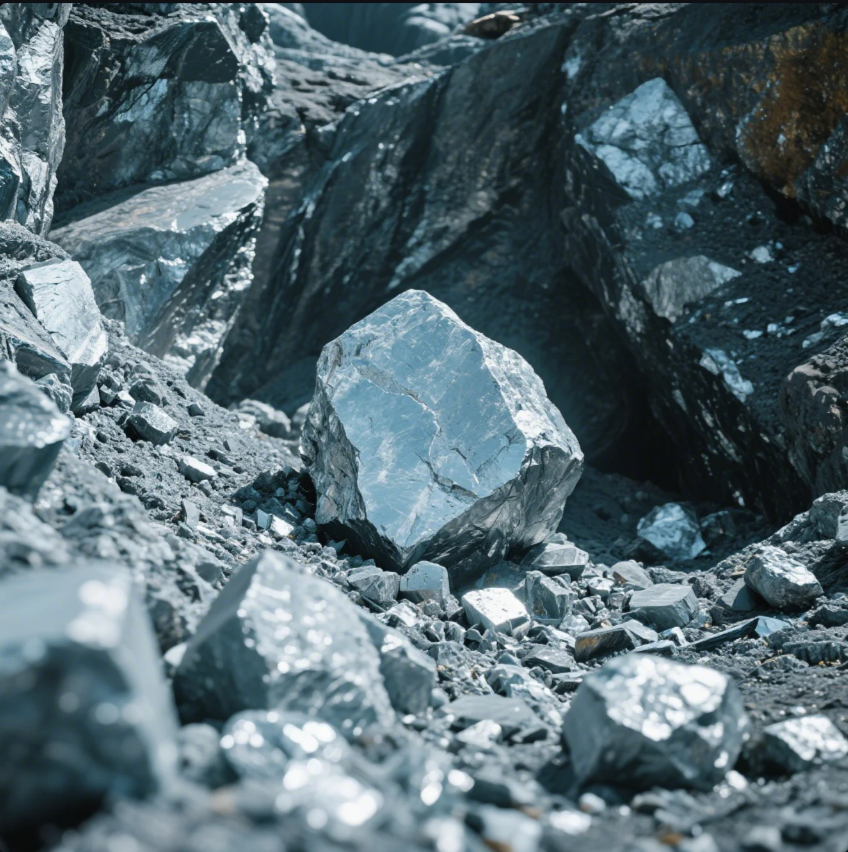
If magnesium is everywhere, why don’t we find pure chunks of it?
Magnesium is highly reactive and does not exist in free metallic form in nature; it’s always bound in stable mineral compounds.
Chemical reason:
- Magnesium has a strong tendency to form stable compounds with oxygen, carbon, and chlorine.
- Its pure metal form would rapidly oxidize if exposed to air or moisture.
- That’s why it must be extracted from compounds using thermal or electrolytic processes.
| Element Behavior | Magnesium’s Characteristics |
|---|---|
| Reactivity | Very high |
| Natural form | Only in compounds |
| Industrial recovery | Requires energy-intensive processing |
In Prime’s one-stop magnesium parts manufacturing, we only use refined metal sourced from certified producers — ensuring safe handling, oxidation resistance, and reliable part performance.
Where is magnesium found in abundance?
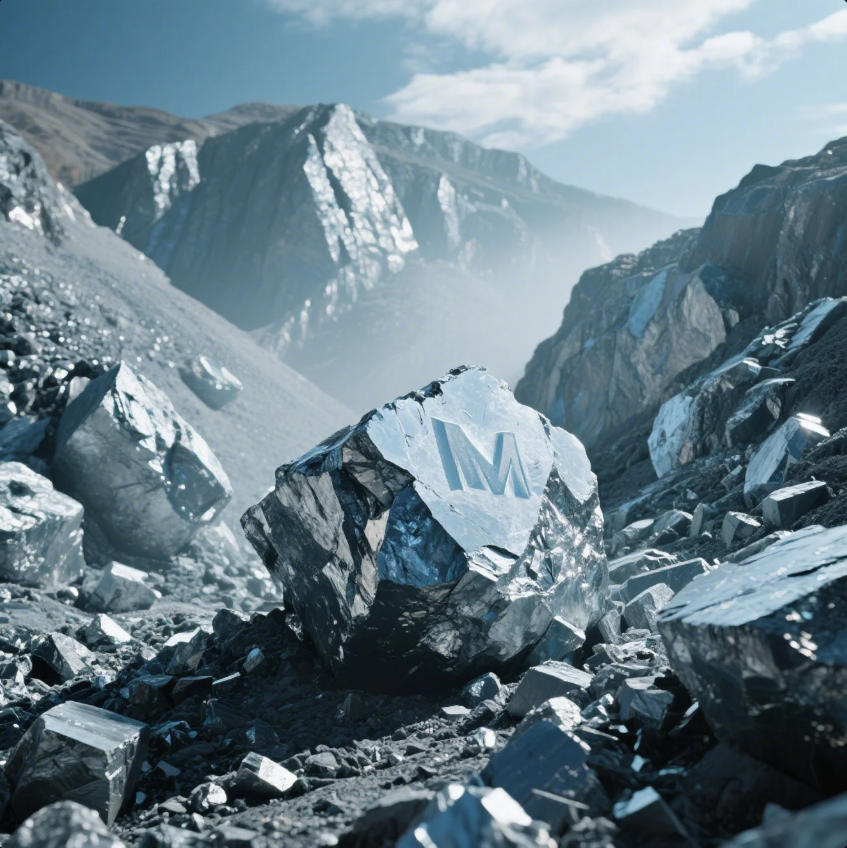
Looking for a natural goldmine of magnesium? Start with the oceans.
Magnesium is found in abundance in both the Earth’s crust and oceans, especially in sedimentary rocks and seawater.
Most abundant sources:
- Earth’s crust: About 2% by weight — mainly in silicate and carbonate minerals.
- Oceans: Magnesium is the third most abundant ion in seawater.
- Salt lakes and brines: High concentration of magnesium salts, easier to extract.
| Source Type | Magnesium Content |
|---|---|
| Earth’s crust | 2.1% (by mass) |
| Seawater | ~1,300 ppm |
| Salt lake brines | Highly concentrated Mg²⁺ |
Prime’s magnesium products — from precision CNC components to castings — are made from high-grade magnesium ingots derived from both mineral and seawater sources, optimized for global industrial applications.
Suggested visual:

Prime’s raw material inspection zone — verifying magnesium source quality from global suppliers
Conclusion
Magnesium is found worldwide in minerals, brines, and seawater, though never in pure form due to its reactivity.
Need high-quality magnesium parts from reliable sources? Contact Prime today! We offer ISO-certified production, fast delivery, and custom magnesium component solutions — send your inquiry now for a free consultation and quote!
TEMPLATE_END







